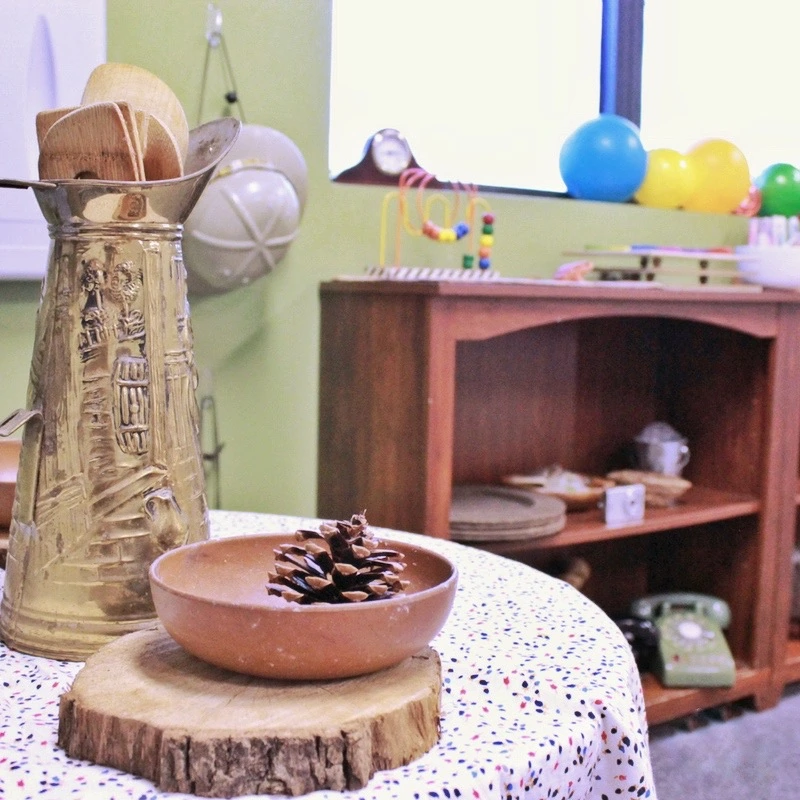Are you seeking a captivating and enriching way to foster the development of infants and toddlers in your care? Imagine a world where curiosity flourishes, imagination soars, and creativity knows no bounds. Introducing loose parts into their play environment can unlock a realm of possibilities.
Let’s face it, infants and toddlers are experts at tinkering. What better materials to tinker with than loose parts? Loose parts are essentially any open-ended material that can be used in a variety of ways. From natural elements like sticks and stones to everyday objects like fabric scraps and cardboard, the possibilities are endless.
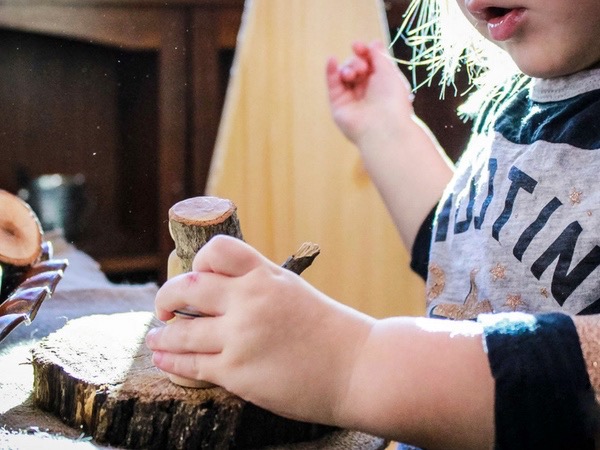
However, as an early years educator, you may find yourself hesitant or even intimidated by the idea of introducing loose parts to infants and toddlers. The thought of managing potentially small or loose objects in a play environment might raise concerns about safety and orderliness. However, it’s important to remember that introducing loose parts doesn’t have to be daunting. With thoughtful planning, appropriate supervision, and clear guidelines, loose parts can be introduced in a way that ensures both safety and meaningful play experiences for the little ones.
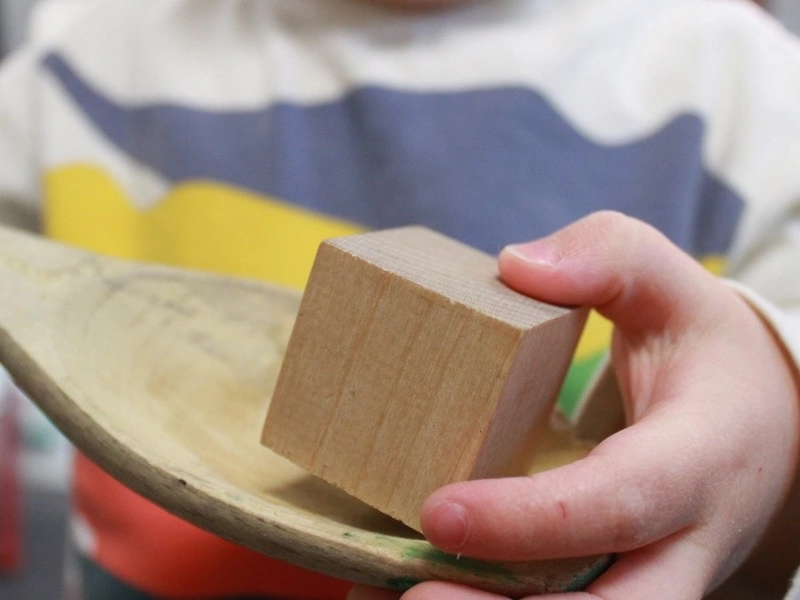
But fear not! With three simple steps, we will break down how to introduce loose parts to infants and toddlers. By following these steps, you can create a safe, engaging, and enriching play environment that nurtures their natural curiosity, promotes exploration, and supports their holistic development.
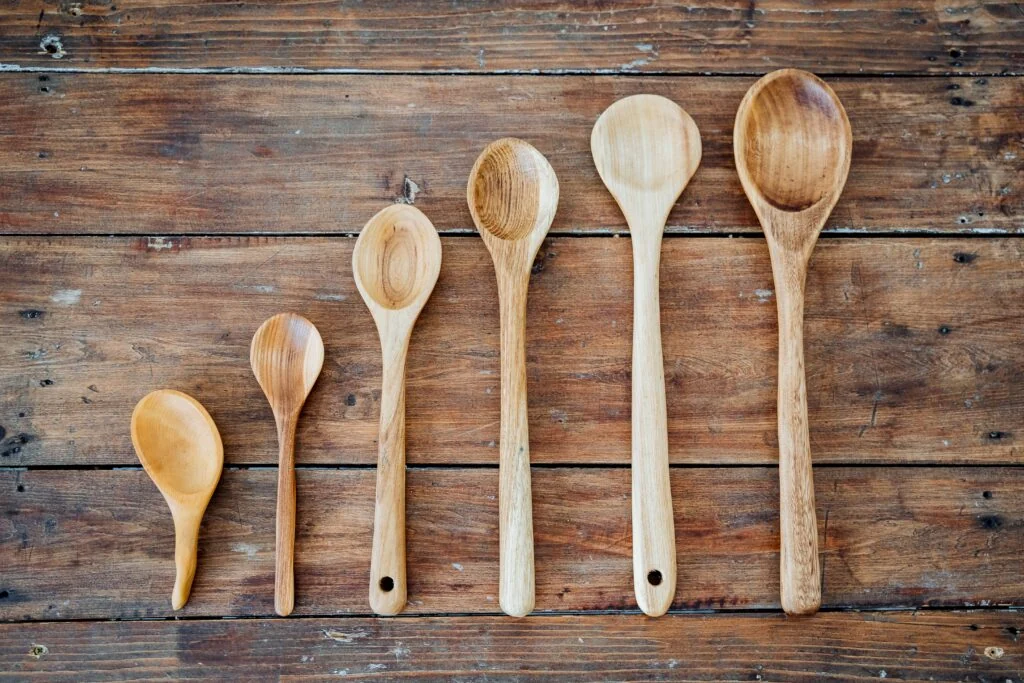
1. Start small
When planning to introduce loose parts to infants and toddlers, plan to start small. You don’t want to overwhelm them with too many options. A good rule of thumb is to start with 3-5 options for a classroom of 8-12 infants/toddlers. From there, you can slowly introduce more and rotate out as needed.
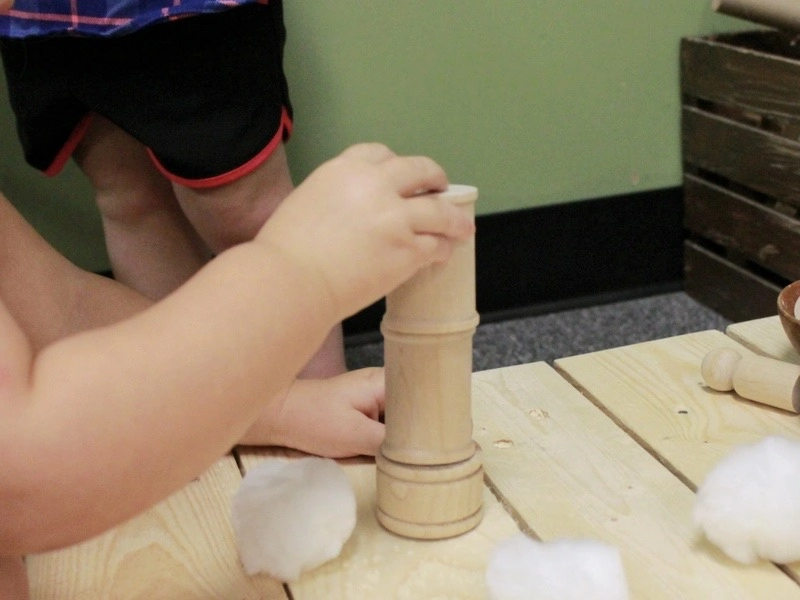
2. Think BIG!
Remember loose parts do not have to be small pieces. For infants and toddlers, it is best to offer larger loose parts since they are still very oral and most objects are a choking hazard.
Large plastic cups are great loose parts for fulfilling toddlers’ love of stacking!
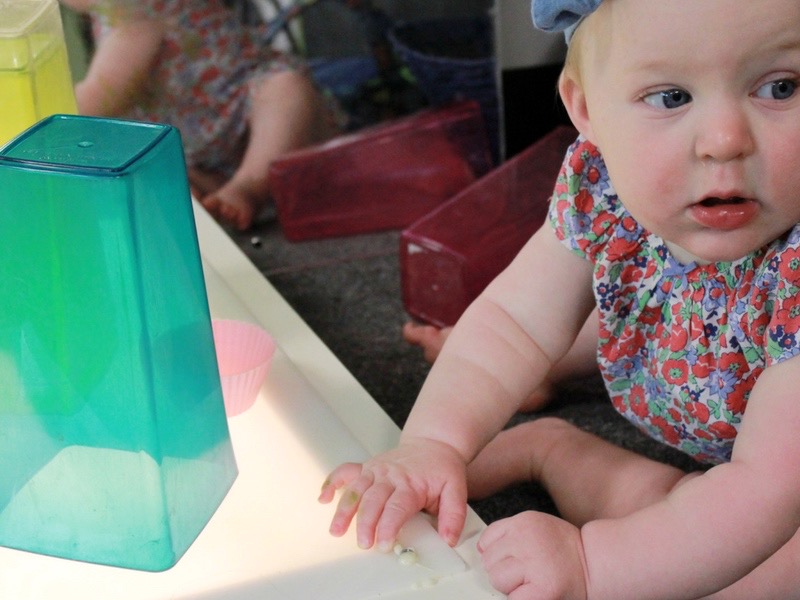
3. Provide a variety of textures and aesthetics.
Infants and toddlers thrive on sensory experiences. By providing loose parts that feed their sensory needs, you are allowing them to build deeper connections as they build their knowledge of the world around them.
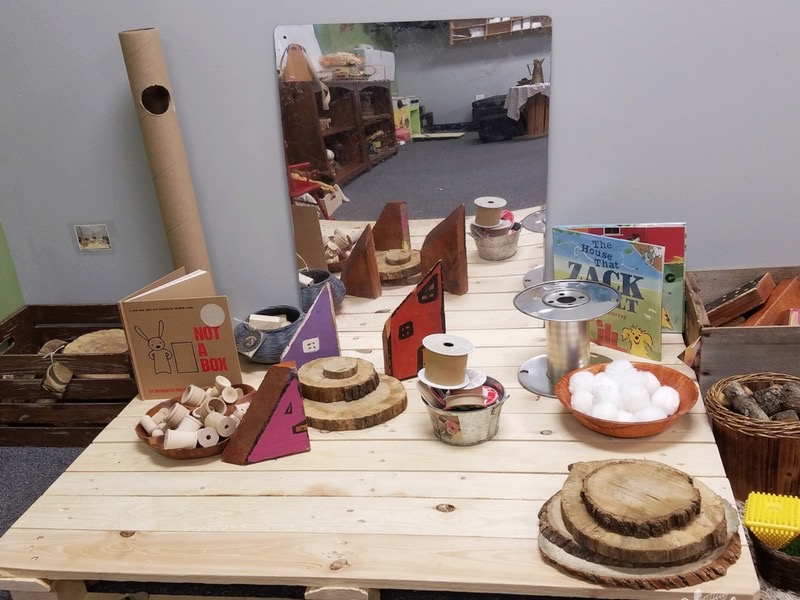
This block area features a variety of textured loose parts: Soft cotton balls, rough wood cookies, shiny metal, and smooth blocks. The mirror also adds a reflective depth to add to the sensory experience.
Go forth with confidence
Incorporating loose parts into the play experiences of infants and toddlers can be a game-changer for their development. By embracing the concept of loose parts and following the three simple steps outlined in this article, you have the opportunity to unlock a world of wonder, creativity, and growth for the young minds in your care.
Remember, loose parts provide endless possibilities for exploration, problem-solving, and imaginative play. As an early years educator, you play a vital role in fostering their innate curiosity and laying the foundation for a lifelong love of learning.
So, go forth with confidence, introduce loose parts into their play environment, and witness as they immerse themselves in captivating journeys of wonder and discovery.
Looking for ideas on what loose parts to introduce?
Grab more ideas from these articles:
- How To Get Started with Loose Parts
- The Five Phases of Loose Parts Play
- Addressing Parents’ Concerns about Play-Based Learning
- How to incorporate loose parts play into your daily routine (includes video)
- 12 Ideas for Storing Loose Parts
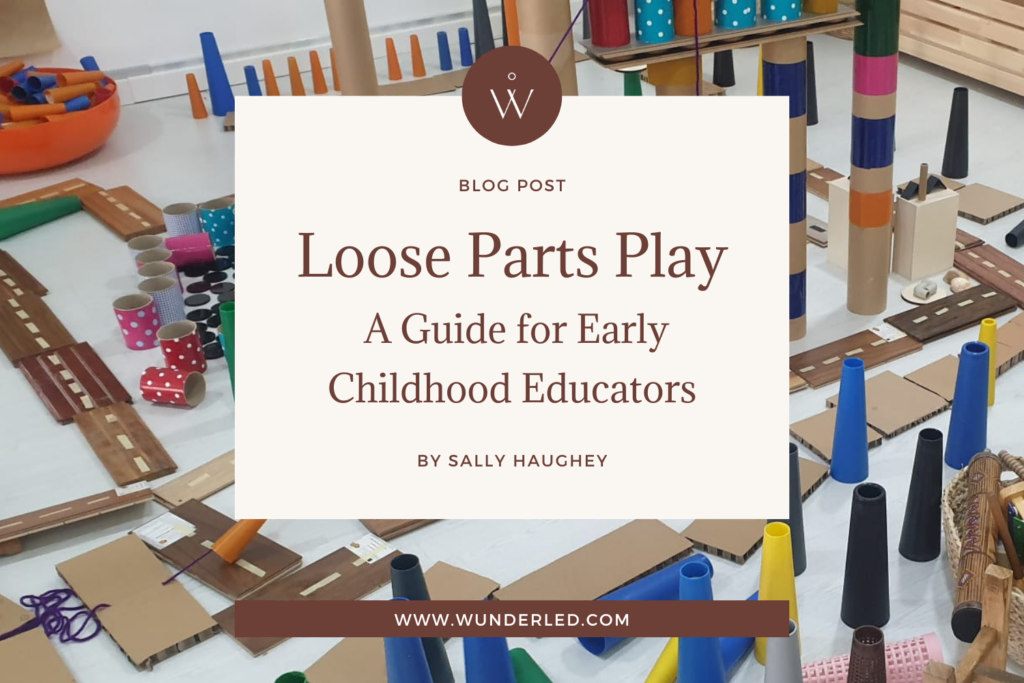
References
Goldschmied, Elinor; Jackson, Sonia (2005). People Under Three: Young Children in Day Care. Routledge.
Lewin-Benham, Ann (2010). Infants and Toddlers at Work: Using Reggio-Inspired Materials to Support Brain Development. Teachers College Press.
Louis, Stella; Beswick, Clare; Featherstone, Sally (2018). Understanding Schemas in Young Children: Again! Again! Featherstone.
